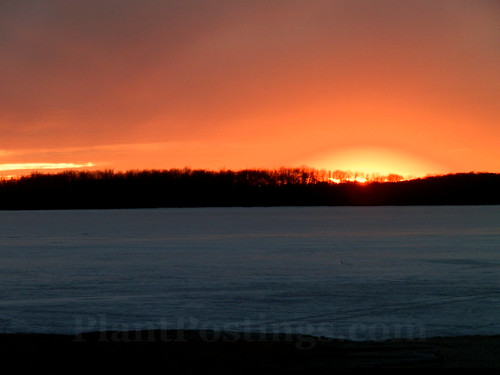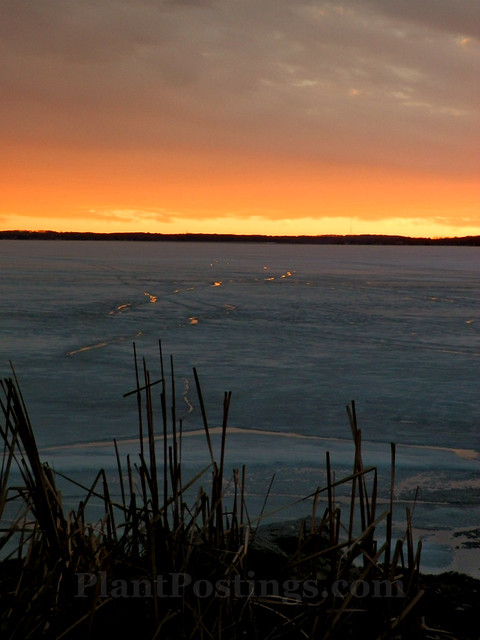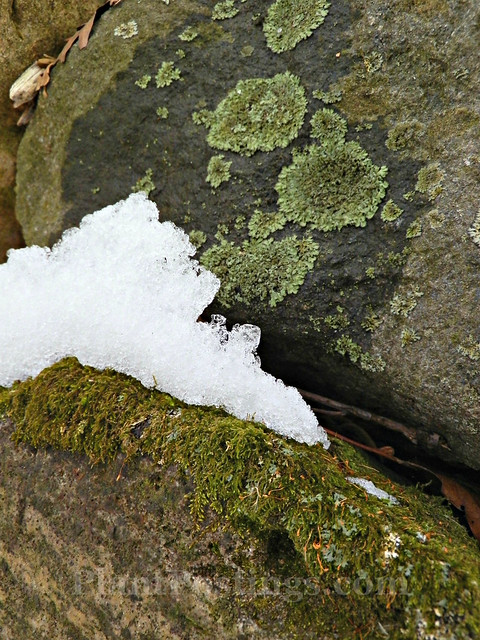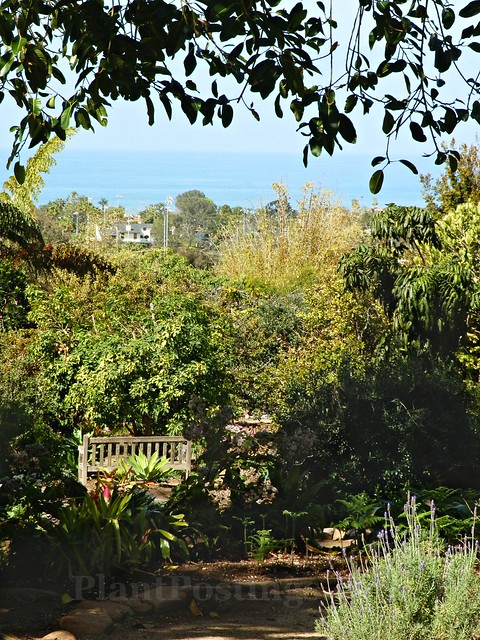
It's looking like the Midwest will have an early spring this year. However, even during a mild winter my mind tends to wander to warmer places.
Last year, in March, when we traveled to San Diego, one of my favorite destinations was the
San Diego Botanic Garden, in Encinitas
. As with all botanical gardens, my time there was too short. But here are a few highlights.

In the children's garden, signage and garden descriptions are friendly and informative.

This whimsical planter on a post describes the precious resource of water and how to conserve it.

Without words: sculpture illustrating the importance of pollinators.
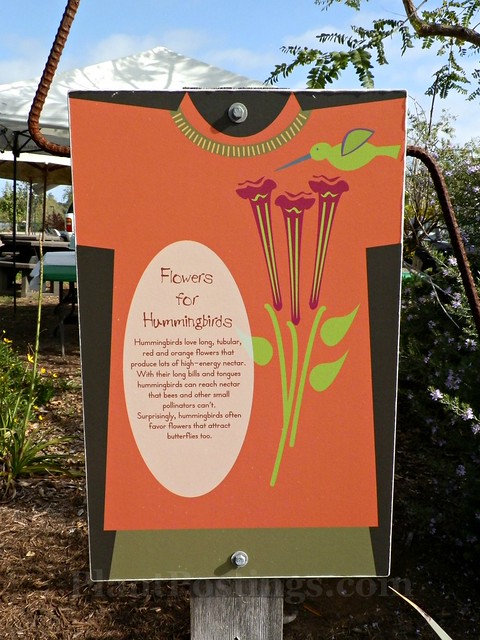
This sign explains hummingbirds' penchant for long, tubular flowers, as the little friends circle around the nearby flowers and hide in the treetops.

The San Diego Botanic Garden provides protected habitat for Monarch caterpillars.
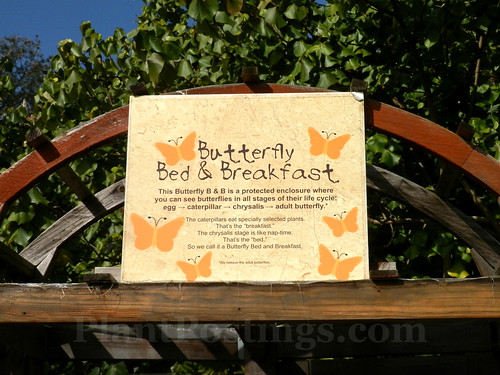
And a "bed and breakfast" enclosure for butterflies through all their life stages.

Many butterflies, like this Giant Swallowtail, flit and float throughout the gardens.

This "Fiddler" steel sculpture seems to come to life at the center of a mixed garden area.

Mariachis covered in succulents--perfect!

And dancers nearby--pure joy.

One area of the garden is dedicated to a tropical rain forest theme.

Including the specialized plants that inhabit rain forests.

Some epiphytes in the gardens are potted, while others perch on trees.

Likewise with plentiful succulents, like this Kiwi Aeonium, planted directly in the soil.

Others planted in pots.
And then more plants ...

Lilac Verbena (
V. lilacina; syn. Glandularia lilacina), native to Baja California and Mexico.

Olulu or Cabbage on a Stick (
Brighamia insignis), nearly extinct and native to the Hawaiian islands.

Coral Tree (
Erythrina caffra), native to South Africa.
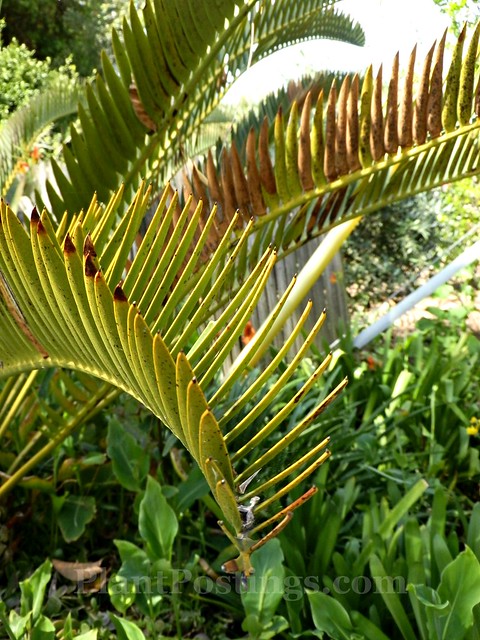
Long-Leafed Cycad (
Encephalartos longifolius), native to South Africa.

Baja Fairy Duster (
Calliandra californica), native to California.

California Brittlebush (
Encelia californica), also native to California.
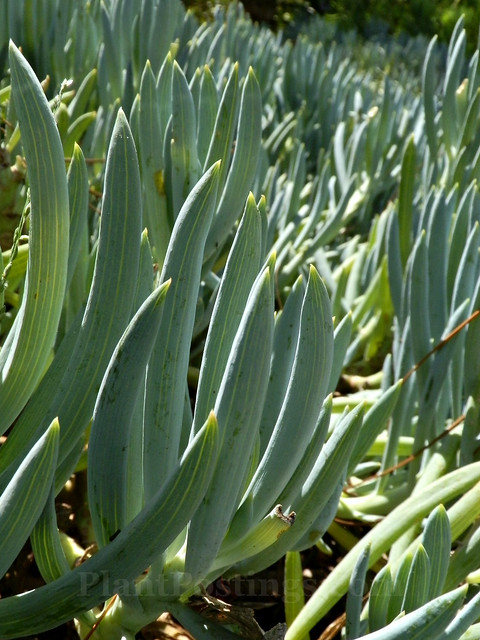
Blue Chalksticks (
Senecio mandraliscae), native to South Africa.

Clivia (
C. miniata) native to South Africa.

California Lilac (
Ceanothus arboreus), native to California.

The botanical garden also has groves of Citrus, native to various Asian and Pacific locales.
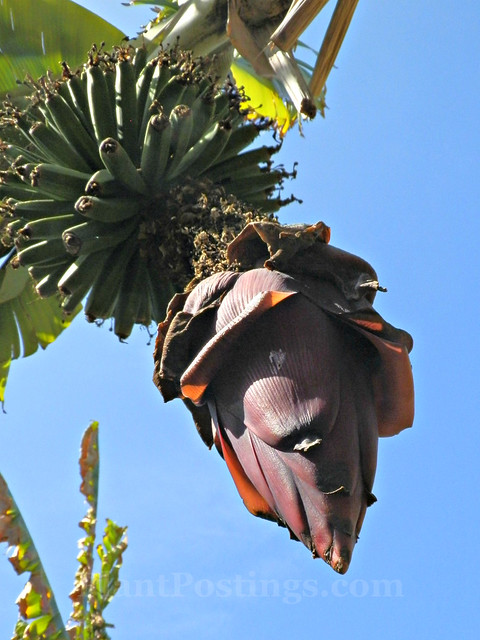
And other fruits, such as Bananas (
Musa acuminata), native to Southeast Asia.

One of my favorite spots: the walled garden. Secret gardens with benches always beckon.
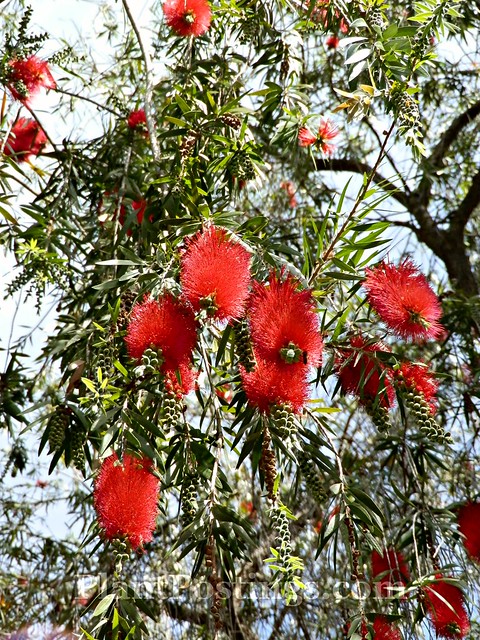
Draping over the walled garden are giant Weeping Bottlebrush (
Callistemon viminalis, syn.
Melaleuca viminalis) trees.

Yummy.

While I was in this walled garden admiring these trees, hummingbirds were buzzing by. But I couldn't seem to capture them in a photo--partly because of the great camouflage of the trees.

Later, I enlarged one of the photos and found a surprise hummer. You can see how easy it is for them to hide among the leaves and flowers. :)

Bye, for now, walled garden and San Diego Botanic Garden. I hope I'll visit again before too long.
**************
(Note: The San Diego Botanic Garden has a substantial collection of native and xeric plants. A future post will focus more on these plants.)

